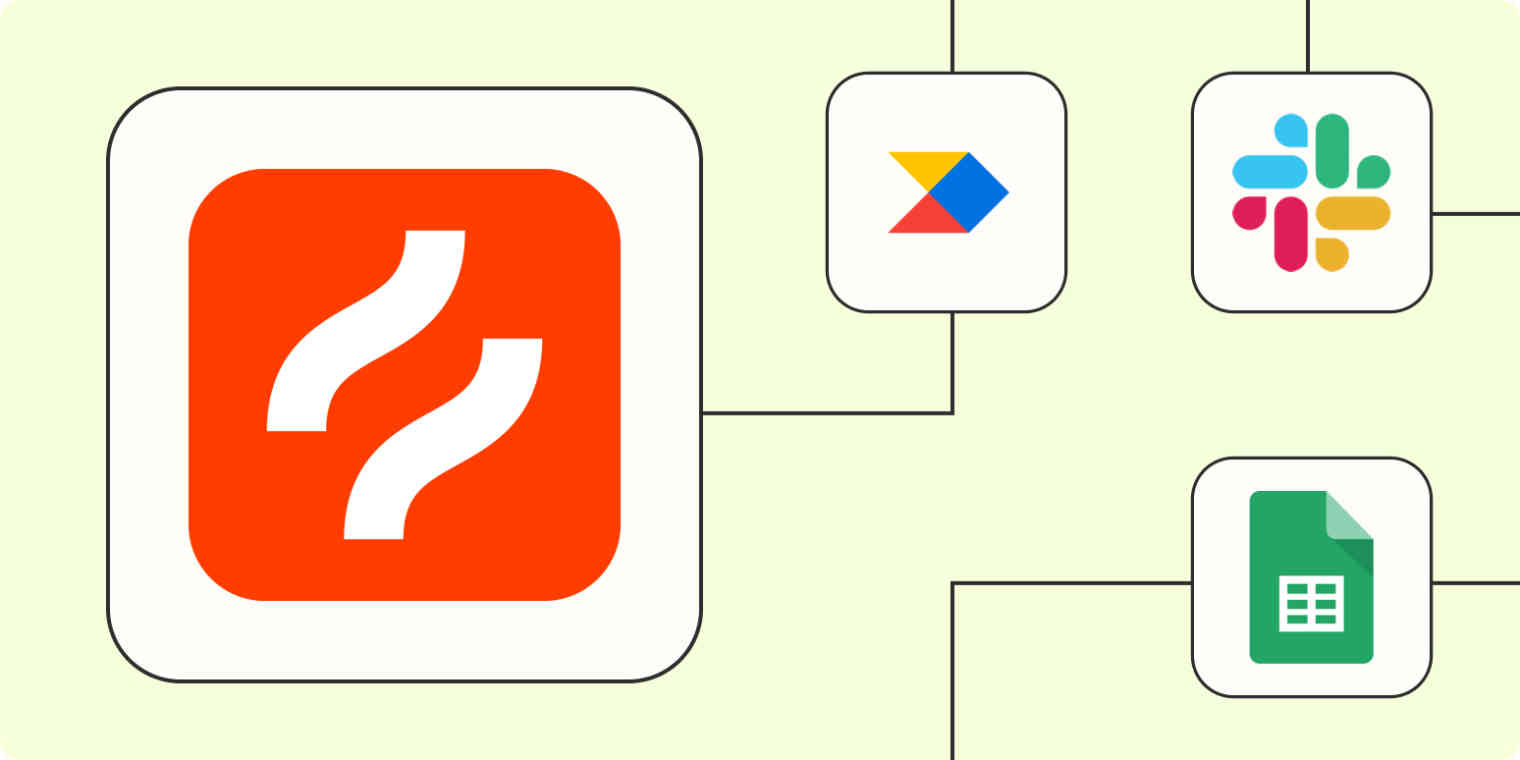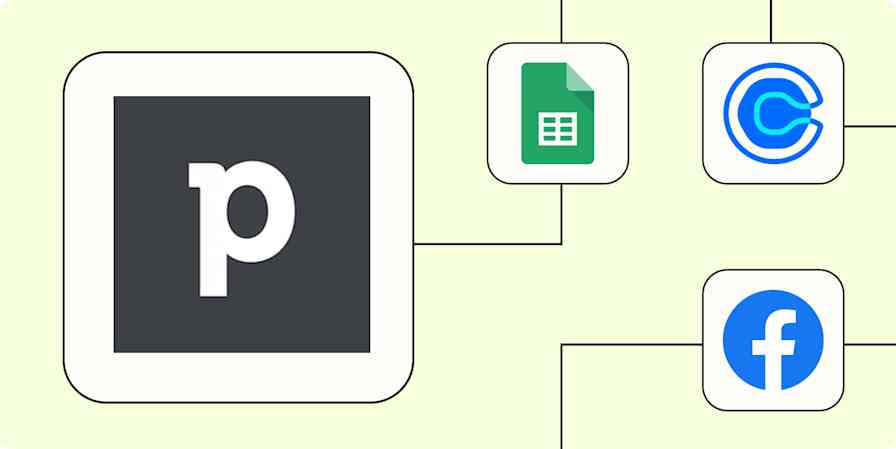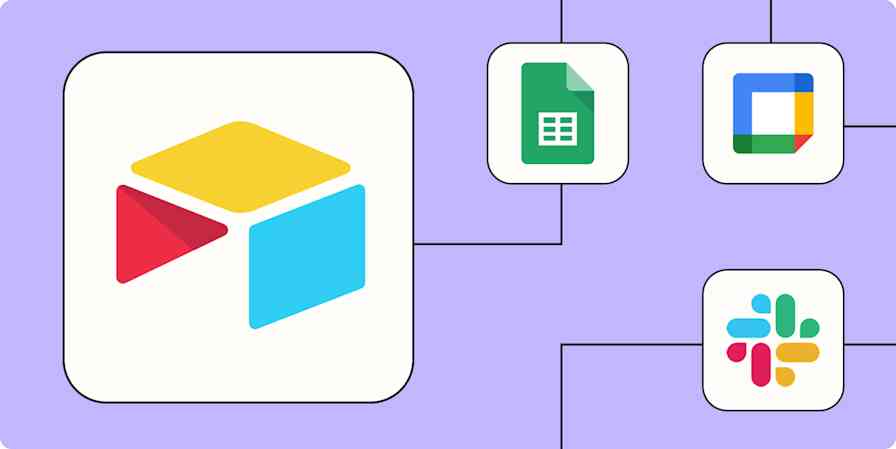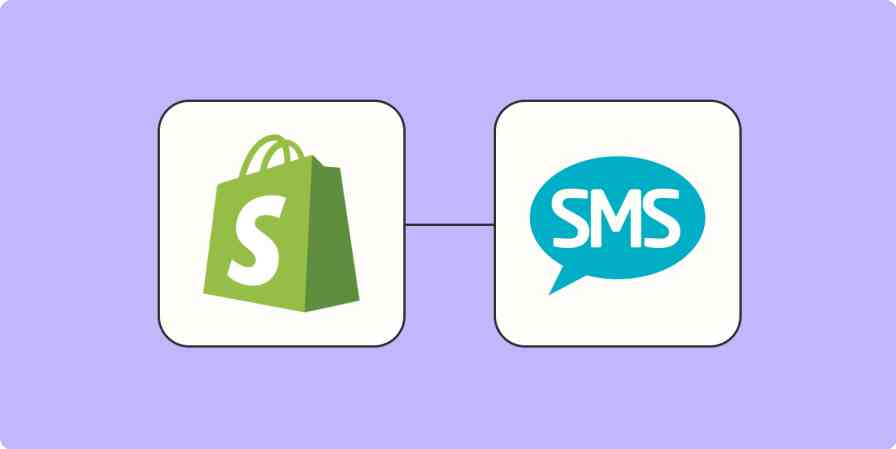Using Hotjar can feel like a cheat code. The service combines heat maps and recordings with customer feedback and surveys to transplant your analytics into the mind of your visitors. Which buttons on your site attract the most attention? What web friction is turning users away? Use Hotjar on your web presence, and you'll soon have answers to these questions.
The only challenge? Hotjar provides you with so much data that it can sometimes be difficult for your team to make sense of it. Pair with automation, however, and you can automatically sort that data as you see fit. Here are some useful ways to take Hotjar data and ensure it flows to the right places.
Zapier is the leader in workflow automation—integrating with 6,000+ apps from partners like Google, Salesforce, and Microsoft. Use interfaces, data tables, and logic to build secure, automated systems for your business-critical workflows across your organization's technology stack. Learn more.
Table of content
To get started with a Zap template—what we call our pre-made workflows—just click on the button. It only takes a few minutes to set up. You can read more about setting up Zaps here.
Send Hotjar data to a spreadsheet
Hotjar data—user surveys, customer feedback, new recordings, and more—is a lot to process. And that's great news. But it's only great news if you're starting with a "hub" of data you can easily parse out. We recommend bringing new Hotjar data into your preferred spreadsheet app like Airtable, Microsoft Excel, or Google Sheets.
Think of this as the headquarters of your new Hotjar data pipeline. Once your data is in a Google Sheet, for example, you can easily share that data with other teams or even connect that Google Sheet with other Zaps so you can flow data to your team as you see fit.
Create rows in Google Sheets for new Hotjar survey responses
Add rows to a Google sheet for new Hotjar incoming feedback responses
Add rows to a Google sheet for new Hotjar recordings
Generate rows in Microsoft Excel for new survey responses in Hotjar
Create a record in Airtable for new Hotjar survey responses
Read more: Popular ways to automate spreadsheets
Notify team members of new survey responses
New survey responses, new customer feedback, new customer recordings. It's an embarrassment of data riches. These insights can tell your team exactly what customers like and don't like about your web presence and user experience. But none of that matters if your team doesn't have the data.
The easy solution: set up a Zap that alerts your team every time there's a new survey response. Survey responses are especially important—they're one of the few times customers tell you exactly what they're feeling. There's no angling for a viral customer review. There's no hope of landing a refund. The customer who takes time to complete a survey is telling you exactly what you need.
Make sure your team responds by funneling that response straight to them.
Get messages in Microsoft Teams for new Hotjar survey responses
Send a Slack channel message for new Hotjar survey responses
Track customer feedback (and turn feedback into tasks)
Customer feedback is only valuable if you incorporate it. Otherwise, it's just a blip of data on your screen. Relevant data, sure—but until you turn it into a definable task on your team's project management radar, there isn't going to be much that happens to improve your business.
The solution is to take the customer feedback you receive through Hotjar and funnel it into your chosen task app. These Zaps will take new feedback—survey responses or simple customer feedback—and turn them into new cards and notes in your project management task list.
Create Trello cards from new Hotjar survey responses
Create card widgets in Miro from new Hotjar feedback responses
Create a note in Productboard for new feedback in Hotjar
Create a note in Dovetail for new Hotjar survey responses
This even works if you have new Hotjar data, like customer recordings, and aren't sure how to incorporate them into your workflow. Set up a Tability check-in so your team can view how many recordings are available for review.
Create Tability check-ins for new Hotjar recordings
Follow up on customer feedback
When you pair customer feedback with a Hotjar heatmap, you'd be surprised at what you can learn. For example, you might identify the exact spot your customer stops scrolling. With detailed feedback, you'll also learn why. Did the pricing get in their way? Were they not interested in making a purchase quite yet?
Sometimes, however, even the best data leaves gaps. You may need to reach out to a customer to get clarity on what was going on in their head. But if you have a lot of customers, trying to reach out manually to every customer isn't scalable.
With a Zap, you can send out customized follow-up emails for new survey responses and user feedback automatically. You'll collect additional information without ever having to lift a finger for it.
Send emails from Gmail for new Hotjar survey responses
Send an email with Gmail for new feedback in Hotjar
Send feedback to your customer support team
Let's say you get some negative feedback from a Hotjar user survey. Your instinct is, of course, to address this as soon as possible. But what if you want to do so in a more systematic way than pinging your coworker by email or in team chat?
We recommend integrating a Zap that will create that ticket. Sure, Hotjar feedback is great for informing your team when they need to fix a system issue—say, a website problem. But if you want to resolve this customer's issue, you'll want to integrate Hotjar with your chosen customer support software.
Create Zendesk tickets for new Hotjar feedback responses
Create issues in Jira Software Cloud for new Hotjar recordings
Merge Hotjar insights with other forms of feedback
Maybe you're not using Hotjar alone. What if you have other forms of customer insights to import before you make any key decisions? Avrio, for example, lets you pull in customer insights from multiple platforms so your team can share data and collaborate on key decisions.
Hotjar doesn't have to be separate from this process. Import those insights into Avrio so your team can view them, consider them, and get a complete picture of what's happening on your website.
Create Avrio Insights from new Hotjar feedback responses
Use filters to refine your data collection
Not all incoming data from Hotjar is necessarily a red-alert emergency for your customer support team. You may simply want to gather the data for insights down the line. Or you may want to compile it for monthly and quarterly reports.
Use a filter step to add conditions for your Zaps. This way, you can collect relevant data without triggering more thorough responses from your team. For example, you can set criteria that use and/or logic. This will help ensure that the right insights go to the right people.
Turn data into action
Hotjar is a high-quality tool for getting real, actionable insights into what your customers think about your web presence. But until you turn that data into action, you won't see the improvements you want. Use automation to streamline your Hotjar workflows to multiply your impact without the extra work.
This is just the start of what you can do with Hotjar and Zapier. Check out our App Directory to see what you can do next.





